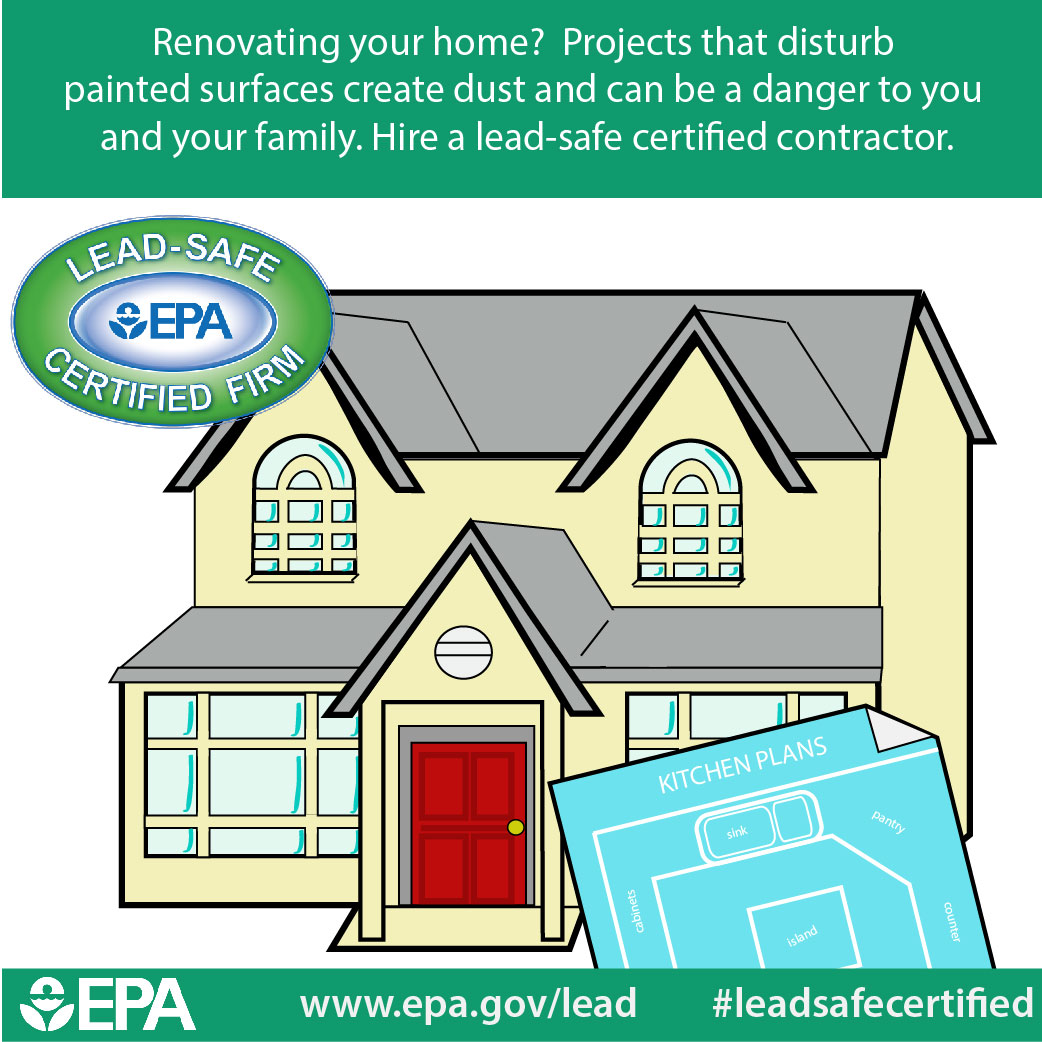Methodical Strategy To Preparing Your Wall Surfaces Before Painting
Methodical Strategy To Preparing Your Wall Surfaces Before Painting
Blog Article
Write-Up Created By-Hickey Lemming
When you're prepping your walls for painting, it's essential to comply with a methodical process to ensure a flawless surface. Start by taking a look at the wall for any kind of damage; this step can make or break your task. When you've determined any kind of issues, cleaning up the surface effectively is essential, as a filthy wall surface can affect paint attachment. Afterwards, you'll require to spot any type of blemishes and use a guide. However there specify techniques and pointers that can boost your preparation video game-- let's explore those more to accomplish the most effective results.
Assessing Wall Problem
Prior to you grab your paintbrush, take a minute to analyze your walls' condition. Look for any type of visible damages like splits, holes, or peeling off paint. These blemishes can affect exactly how the paint sticks and looks once it's completely dry. If you discover any significant damage, you'll need to prioritize repair services prior to diving into painting.
Look carefully at the structure of your wall surfaces. Is the surface area smooth, or is there appearance that might need unique factor to consider? Smooth wall surfaces usually need much less prep, while textured surface areas may require even more time to paint equally.
Additionally, consider the previous paint task. If the old paint is shiny, it mightn't enable new paint to stick effectively. You'll wish to know if your walls have been repainted with oil-based or water-based paint, as this can affect your option of primer or paint.
Ultimately, keep in mind of any wetness issues. If you see indications of water damage or mold and mildew, address these problems instantly to stop more difficulties.
Cleaning the Surface area
As soon as you have actually assessed the problem of your wall surfaces, the following action is cleaning the surface. Begin by gathering your products: a bucket, warm water, a moderate detergent, a sponge or fabric, and a scrub brush for harder spots.
Begin on top corner of the wall surface and work your method down. Mix the detergent with warm water in your pail, after that dip the sponge or fabric right into the remedy. Wring it out to prevent extreme dampness on the walls.
As you clean, pay close attention to areas that may've built up dirt, grease, or fingerprints. For stubborn stains, utilize the scrub brush delicately to stay clear of harming the paint below. Wash your sponge or cloth frequently in clean water to prevent spreading dirt around.
After cleansing, it's important to wipe the wall surfaces with a wet towel to get rid of any soap deposit. This step makes sure a smooth surface area for the new paint to follow.
Permit the walls to dry totally prior to moving on to the next preparation steps. This extensive cleaning process will help develop a fresh canvas for your paint job, making certain the best results.
Patching and Priming
Patching and priming are critical action in preparing your wall surfaces for a fresh layer of paint. First, examine your walls for any holes, splits, or imperfections. Utilize relevant website spackling compound or patching paste to load these areas.
Apply the substance with a putty blade, smoothing it out so it's flush with the bordering surface area. Allow it to dry completely, and after that sand it gently up until it's smooth and even.
Once you've patched everything, it's time to prime. Guide aids secure the patched locations, guaranteeing the paint adheres correctly and provides a consistent coating. Pick a guide ideal for your wall surface kind and the paint you'll be making use of.
Apply the guide using a roller for bigger locations and a brush for edges and edges. If your covered areas are dramatically huge or permeable, you might intend to use a second coat of guide after the first one dries.
After priming, allowed everything completely dry extensively before going on to paint. This prep work won't only enhance the appearance of your wall surfaces however additionally lengthen the life of your paint work.
Take your time, and you'll be pleased with the outcomes.
https://dengarden.com/home-improvement/Tips-for-Painting-Over-Water-Stains-on-Walls-and-Ceilings
By complying with these simple steps, you can accomplish a smooth and professional surface on your walls. Begin by assessing their problem, then clean and spot any kind of blemishes prior to using primer. Remember to allow adequate drying out time and make sure everything is smooth prior to you dive into paint. With the right prep work, you'll establish the stage for a beautiful improvement in your room. Now, gather your products, breathe in the fresh air, and get ready to repaint!
